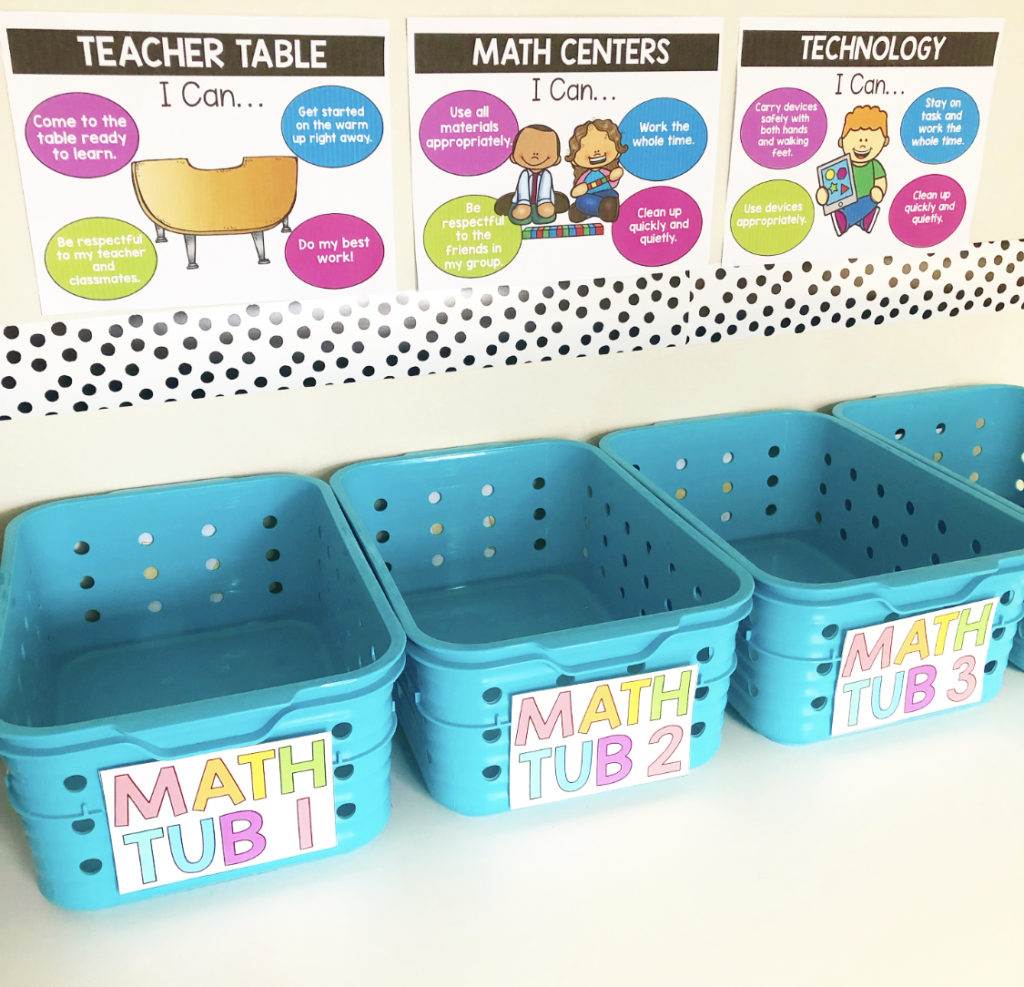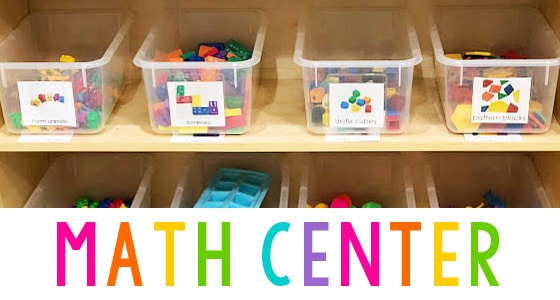Proven Methods to Simplify Intricate Math Topics for Better Comprehension
Intricate mathematics subjects typically existing considerable difficulties for learners. Nevertheless, numerous tried and tested techniques can promote comprehension. These methods include making use of aesthetic help, damaging down troubles, and attaching principles to real-world situations. Each approach offers to improve understanding and retention. The effectiveness of these techniques raises essential concerns regarding their application in educational settings and their effect on trainee engagement. What specific methods could be most useful in technique?
Comprehend the Foundations

Moreover, a concentrate on foundational understanding urges vital thinking and analytical abilities. When trainees acknowledge the partnerships between different ideas, they can approach tough troubles with confidence. This tactical emphasis not just enhances retention but likewise advertises an attitude tailored in the direction of exploration and inquiry. Inevitably, prioritizing fundamental understanding equips learners with the tools necessary to navigate the intricacies of maths, leading the way for success in both academic and real-world applications.
Usage Visual Aids and Diagrams
Aesthetic help and diagrams act as powerful tools in simplifying complicated mathematical subjects. They promote recognizing by supplying graphes of abstract principles, making them much more concrete. As an example, charts can illustrate functions' actions, while geometric diagrams can clarify spatial relationships in troubles including shapes and angles.
Flowcharts and concept maps can damage down complex processes, directing learners via multi-step solutions visually. This method not only improves understanding but additionally involves different knowing styles, specifically visual learners that may have problem with verbal explanations alone.
Using colors and tags in layouts can further enhance quality, accentuating critical components and connections within the trouble. Ultimately, integrating visual help into mathematical guideline permits an extra vibrant and interactive knowing experience, promoting deeper understanding and retention of complicated subjects. By leveraging these resources, teachers can effectively connect the space in between theory and sensible application.
Break Down Troubles Into Smaller Steps
Damaging down problems right into smaller, manageable steps can greatly improve comprehension in mathematics. This strategy permits students to concentrate on one component of a problem at once, decreasing sensations of bewilder and confusion. By isolating each action, pupils can develop a clearer understanding of the underlying concepts and methods needed to get to a solution.

Moreover, this technique urges essential thinking, as learners are prompted to evaluate each step's relevance to the overall problem. Eventually, damaging down problems promotes an extra methodical method to mathematics, promoting a deeper understanding and retention of product. By mastering smaller sized actions, students construct confidence and skill that add to their success in a lot more intricate mathematical difficulties.
Include Real-World Examples
Including real-world examples right into mathematics guideline can significantly boost pupil involvement and understanding. They commonly locate the material a lot more relatable and less complicated to understand when pupils connect mathematical concepts to day-to-day life. For instance, using budgeting situations to instruct enhancement and reduction assists students comprehend the practical applications of these operations. Similarly, making use of sports stats can successfully demonstrate ideas in likelihood and standards, making the learning experience a lot more enjoyable and relevant.
Educators can also integrate real-life information, such as population growth or ecological statistics, to show features and graphs. This strategy not only clarifies abstract principles but additionally fosters essential thinking as students assess and analyze actual data. struggles in primary math. By connecting the space between theory and technique, pupils are extra most likely to appreciate the worth of mathematics in their day-to-days live, bring about boosted retention and application of mathematical concepts
Motivate Collaborative Understanding
Collective understanding serves as a powerful device in simplifying intricate math ideas. By taking part in team issue resolving, students can share varied viewpoints and methods, boosting their understanding. Furthermore, peer mentor strategies and interactive research study sessions cultivate an encouraging environment, allowing students to comprehend challenging product better.
Team Issue Solving
Team trouble solving promotes an environment where students can actively engage with complicated math principles via teamwork. official website By interacting, students can share diverse viewpoints and techniques, improving their understanding of mathematical concepts. Collaborative efforts motivate conversation, allowing people to express their reasoning and clarify misunderstandings. This communication promotes critical reasoning and deeper comprehension of tough topics. Additionally, group problem solving can minimize stress and anxiety linked with difficult math issues, as students support each various other in getting rid of obstacles. Educators can promote these sessions by designating different duties within groups, making sure each student adds and discovers from the procedure. Ultimately, this collective strategy not just improves understanding however also builds essential interaction and synergy skills critical for future academic and specialist endeavors.
Peer Teaching Techniques
Building on the advantages of team problem resolving, peer teaching strategies become an effective approach to additionally enhance collective learning. These methods entail students clarifying principles to each other, which reinforces their understanding and develops self-confidence. When students handle the function of educator, they verbalize their thought processes and clarify their own false impressions. This reciprocatory exchange fosters a helpful environment where students really feel much more comfortable seeking and asking concerns aid. In addition, peer training motivates interaction, as pupils commonly associate better to their peers than to conventional guideline. By incorporating these methods into the discovering process, educators can produce a dynamic class atmosphere that promotes deeper understanding and retention of complicated mathematical subjects.
Interactive Research Study Sessions
Interactive study sessions can considerably improve the knowing experience by promoting a setting where students actively engage with one another. These joint setups motivate individuals to share varied point of views, thus strengthening their understanding of complex math topics. Pupils can break down complex concepts right into manageable components, assisting in more clear understanding. Via team discussions, pupils can clear up questions and enhance their understanding by instructing peers, which strengthens their understanding of the material. Furthermore, interactive sessions promote useful reference motivation and accountability, as pupils feel much more committed to their studies when functioning alongside others. Integrating devices such as collaborative systems or analytic video games can better enrich these sessions, making learning both effective and delightful. Overall, interactive research sessions function as a powerful approach for boosting mathematical understanding.
Make Use Of Modern Technology and Online Resources
As students browse with complex mathematics subjects, leveraging modern technology and on the internet sources can significantly improve their understanding. Educational systems such as Khan Academy and Coursera provide video clip tutorials that break down complex principles right into absorbable segments. These sources frequently incorporate interactive elements, enabling trainees to exercise problems in real time, get instant responses, and track their progress.
Additionally, math-specific applications like Photomath and Desmos give tools to envision formulas and charts, fostering a much deeper theoretical grasp. On the internet discussion forums, such as Stack Exchange, enable students to present concerns and involve with an area of learners and professionals, additionally clarifying challenging topics.
Exercise Routinely and Review Continually
Constant practice and regular testimonial are necessary for mastering intricate mathematics subjects. Involving with mathematical principles every day strengthens understanding and helps to identify areas that need further attention. By fixing problems repeatedly, students can deepen their grasp of procedures and theorems, making them force of habit gradually.

In addition, establishing specific objectives for both technique and testimonial can enhance emphasis and inspiration. Designating time each week for targeted exercises and analyses can generate substantial benefits. Eventually, normal method and regular review develop the backbone of effective mathematics education and learning, outfitting students with the confidence and abilities required to tackle progressively complex topics.
Frequently Asked Questions
How Can I Stay Motivated While Knowing Complicated Mathematics Topics?
Remaining inspired while discovering intricate math subjects involves setting achievable goals, celebrating tiny successes, seeking support from peers, making use of diverse sources, and keeping a positive attitude to accept difficulties as chances for development and understanding.
What Are Usual Blunders to Avoid in Mathematics Comprehension?
Common blunders in math understanding consist of ignoring foundational concepts, rushing via issues, failing to practice on a regular basis, and misconception terminology. In addition, over-reliance on memorization as opposed to comprehending underlying concepts can hinder real understanding and application.
How Do I Analyze My Comprehending of Mathematics Concepts?
To assess understanding of mathematics principles, one need to regularly exercise problems, look for feedback, participate in discussions, and make use of self-quizzes. struggles in primary math. Reflecting on blunders and training principles to others can additionally improve comprehension and retention of product
What Should I Do if I Feel Overloaded by Math?
When really feeling overwhelmed by math, one ought to take breaks, method mindfulness, and break issues into smaller sized components. Seeking aid from trainers or peers can likewise supply quality and decrease stress and anxiety connected with difficult principles.
Exactly How Can I Discover a Math Tutor or Study Team?
To discover a math tutor or study hall, one can browse on the internet platforms, local neighborhood boards, or instructional establishments. Networking with peers and looking for suggestions can likewise lead to efficient coaching choices and research study partnerships.
When students identify the connections in between various principles, they can come close to difficult issues with self-confidence. Group problem addressing fosters a setting where pupils can actively engage with complex math principles with team effort. Furthermore, group issue addressing can decrease anxiety associated with challenging math troubles, check out here as students sustain each various other in conquering obstacles. These techniques involve students describing principles to one another, which reinforces their understanding and constructs confidence. Students can break down elaborate concepts into convenient parts, facilitating clearer comprehension.